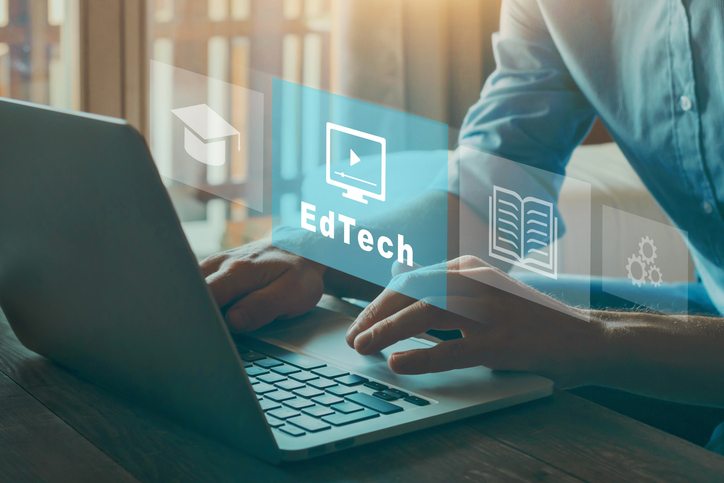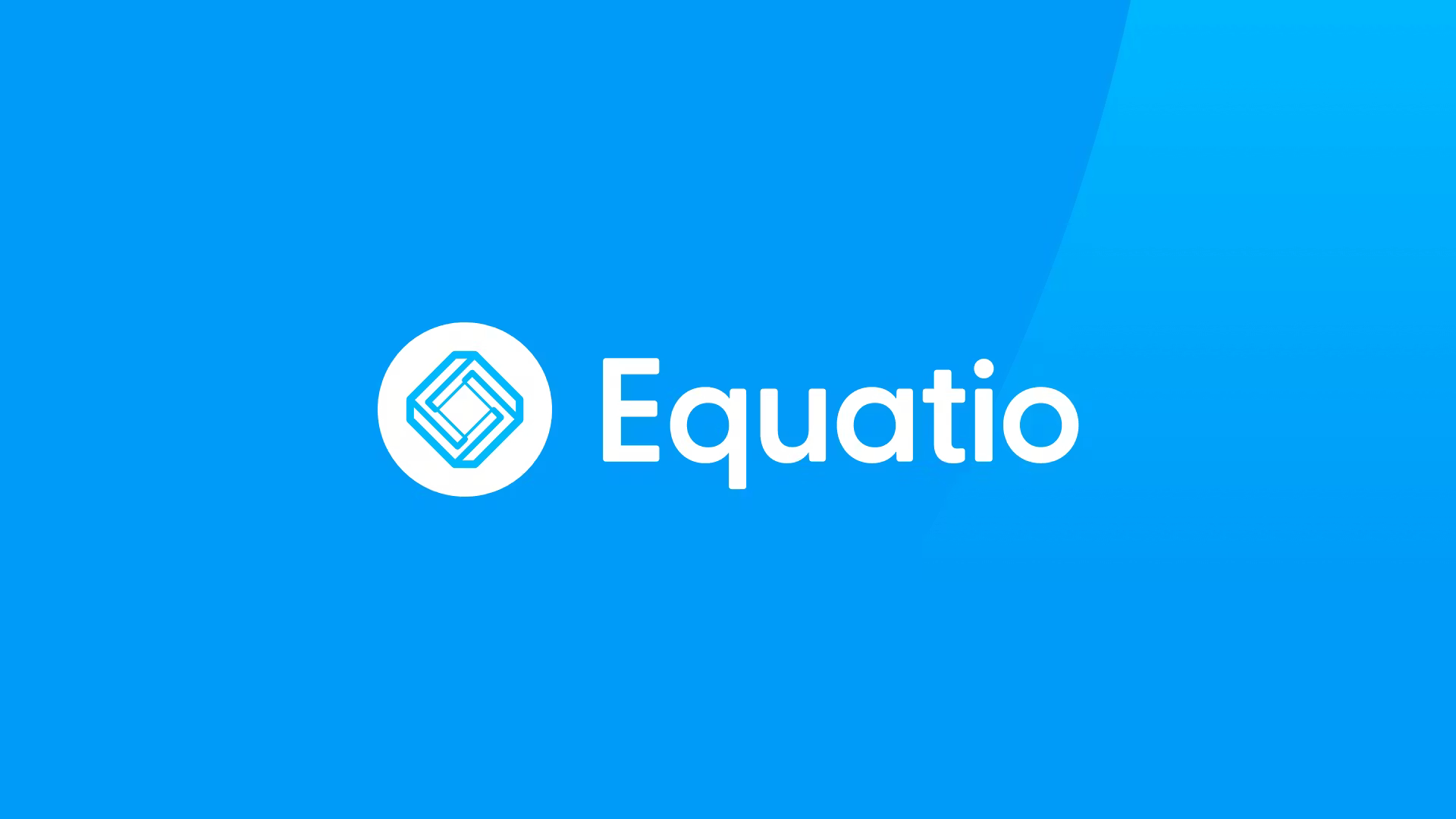Embracing Diversity, Collaboration, and Inclusion For Edtech Success
INNOVATIVE LEADER AWARD - Cori Coburn discusses how the Austin Community College edtech programs thrive thanks to its diverse IT staff, collaboration with K-12 institutions, and having everyone at the decision-making table


When it comes to technology, sometimes less is more.
“You don't have to be weighed down with so many tools around your belt,” says Cori Coburn, Educational Technology Support Manager for Austin Community College District in Texas. “I say you need just a ‘FEW’–frequently executed well-focused–tools to help you to be productive for your teaching and learning. You don't have to be a jack-of-all-trades. You need to be focused, not just have a breadth of different tools, but a depth in understanding those tools.”
Coburn encourages edtech users across her district–and beyond–to deeply learn chosen tools, participate in multiple trainings, and remain flexible as technology evolves. This approach has helped her serve Austin Community College's extensive network of 11 teaching and learning centers, which serve as physical spaces for staff and faculty technology support, as well as offer equipment checkout, software application training, and guidance on integrating technology for teaching and learning.
For this ongoing work, Coburn, who is also the current president-elect of TCEA, was recently recognized with the Innovative Educational Technology Support Manager Award at the Tech & Learning Regional Summit in Austin, part of the Innovative Leader Awards.
Coburn discusses how she handles the importance of team diversity and collaboration, and the necessity of K-12 and higher education partnerships.
Diversity Drives Success
“I think when people talk about technology and education, sometimes we pass over the human connection,” says Coburn, who oversees a team of more than two dozen direct reports. “That is the part that will not be replaced by AI. The sympathy, the empathy, the being able to communicate clearly and understand what's being given to us. Being able to be flexible in times when that is called for, and encouraging of others. Just because this is not your background doesn't mean that you do not belong.”
With a large team spread out, managing it all presents challenges on multiple fronts.
“My biggest challenge is that I've never been able to get my entire team at the same place at the same time because when we're working, we are continually providing support for the district,” says Coburn. “I think that kind of takes away from their ability to be a more cohesive team because some of them have never met face to face.”
Even if she can’t bring her team together physically, Coburn relies on their diversity to handle their responsibilities.
“Diversity seems to be a bad word depending on who's having the discussion but it has made my team extraordinarily strong,” says Coburn, who adds personnel ranges from recent college graduates to retirees returning to the workforce. “Everybody doesn't have to be knowledgeable in the same thing, but you do need to know who has more expertise in that thing to help you out. And because we are so diverse, we can serve a larger audience not just with our communication and language skills but with our experience and being able to make a connection.”
Partnering With K-12
Coburn says one of the best aspects of a partnership between K-12 and higher ed is that it allows educators on both sides to share ideas and drive innovation. In addition, it also provides valuable experiences for students.
“If you have the opportunity to collaborate with higher ed and you're in K-12, do it because not every student will graduate with a degree, but a lot of students who come out of K-12 will have some exposure to vocational or higher education who have partnerships with local industry, as well as different vocations and jobs,” she says.
To that, Austin Community College District has a Make It Center, which Coburn describes as “a maker space meets technology and vocational spaces.” It offers K-12 students access to technologies such as 3D printers and drones, and supports how those are used in real-world, local industries, such as manufacturing and health care.
“Just to get that hands-on experience with the technology that's being used in local industries without having to be enrolled in the class or any special program, I think benefits the local school districts,” says Coburn.
Bringing Everyone To The Table
When it comes to purchasing a digital solution for an entire district, Coburn says the long-term success is often decided before it even arrives on campus.
“The teachers who would be using a tool or software every day, they first hear about it and they say, ‘Oh, we got this new thing. And if I didn't have a say in it, I may not want to contribute to its use. I may not find its value. I may not see how it can help me or my co-workers.’ And it's just no buy in,” she says.
To get that early buy in, Coburn recommends bringing as many stakeholders as possible to the table during purchasing processes. “Yes, administrators are very important,” she says. “But the teachers, the aids, the parents, the librarians, other stakeholders, all need to have a say in that technology, how that technology is used and what kind of financial investment that technology is to the school district. Sometimes this bright shiny thing that looks good and now is at a reasonable price because it's almost obsolete technology.”
Ultimately, Coburn encourages everyone to “stay focused because everything we do is for the students, and those who can't keep up will get left behind and advantage will go to those who don't have the same challenges.”
Tools They Use
Coburn shares her FEW favorite tools:
- Scite.ai: “AI-powered research tool that elevates how I locate, evaluate, and cite academic sources. I use it to verify the strength of claims in research, find credible evidence to support instructional content, and stay current on trends in pedagogy and educational technology. It saves time and improves academic rigor in course design and professional development sessions.”
- Canva: “My go-to for designing engaging, accessible learning visuals, flyers, and multimedia content. Whether I’m creating workshop materials, tutorials, or graphics for social media, Canva’s intuitive interface and rich library help me quickly produce professional designs that enhance communication and visual learning without needing advanced design skills. It provides a wide range of visually engaging design tools while making it simple to incorporate accessibility best practices into all my projects.”
- Chat GPT: “My go-to OG generative AI tool. It helps me brainstorm ideas, draft communications, create training scripts, and answer technical or instructional questions on the fly. It boosts my productivity, supports team collaboration, and allows me to scaffold AI literacy in my department. I also use it to explore how faculty can use it to support student learning and help staff build ethical AI integration practices.”
- Asana: “The project management tool that keeps my team aligned across campuses, departments, tasks, and timelines. I use it to manage portfolios, assign tasks, track progress, and streamline operations for multi-campus support. Asana’s transparency and organization features make it easier to prioritize requests, meet deadlines, and coordinate our efforts with instructional designers and other district departments.”
- All things Adobe Creative Cloud (fave apps are Premiere Pro and Firefly): “Adobe tools empower me to create rich, multimedia instructional content. I use Premiere Pro for producing high-quality video tutorials and faculty training modules, and Firefly for generating creative assets quickly using AI. These tools support faculty and staff who want to create their own learning media, giving our artifacts for teaching and learning a polished, professional edge.”
Enjoy our content? Make sure to add Tech & Learning as a preferred source on Google to keep up with our latest news, how-tos, profiles, events, and more.
Tools and ideas to transform education. Sign up below.
Ray Bendici is the Managing Editor of Tech & Learning and Tech & Learning University. He is an award-winning journalist/editor, with more than 20 years of experience, including a specific focus on education.
